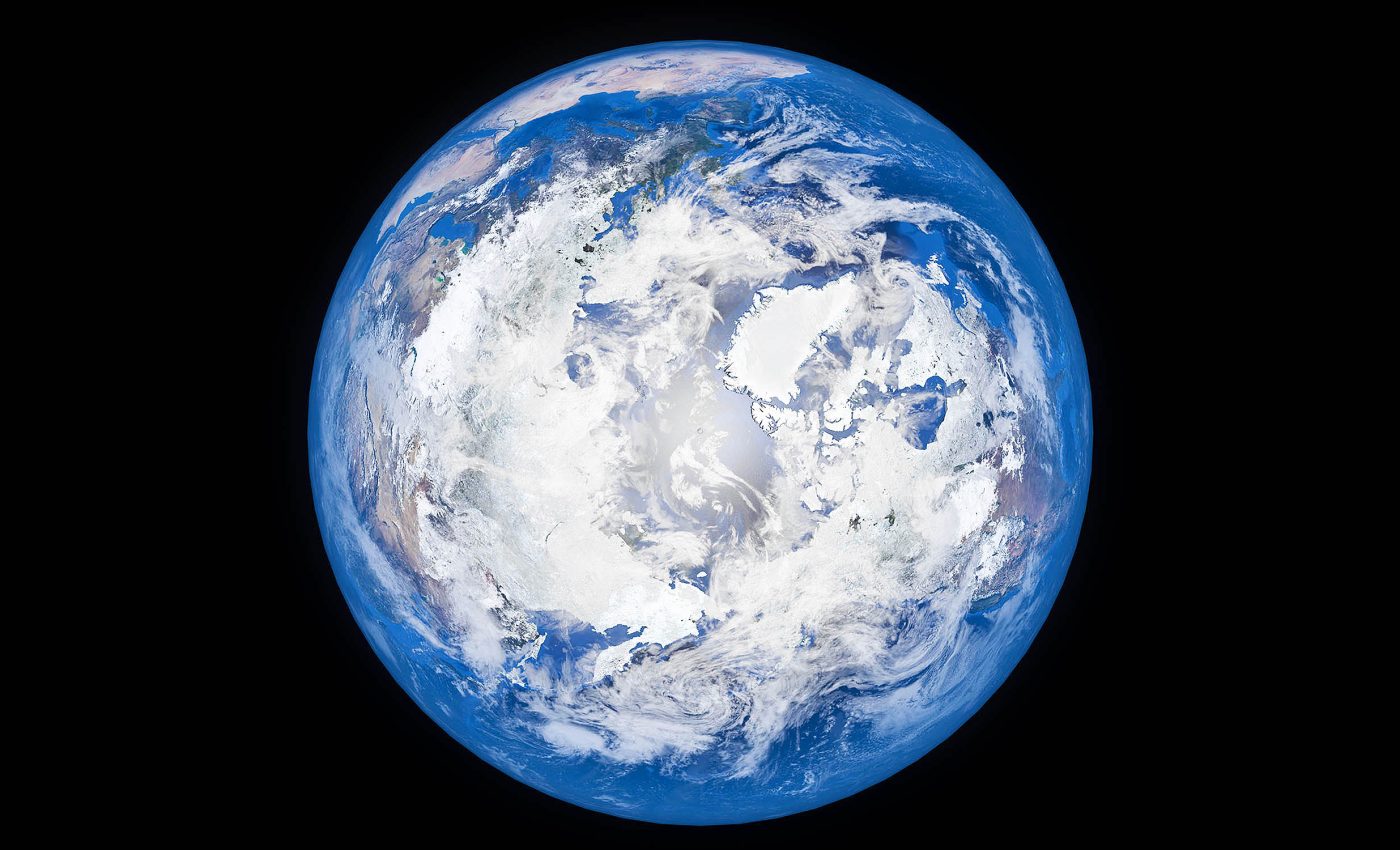
'Golden spike' discovered in rock formation reveals when Earth became a snowball
Over 700 million years ago, our planet experienced a deep freeze known as Snowball Earth. During this time, ice nearly covered the entire globe, setting the stage for life as we know it.
Recent research from University College London (UCL) has revealed a significant rock formation that may hold the most complete record of this icy chapter in Earth’s history.
The Port Askaig Formation spans across Ireland and Scotland, with rock layers reaching up to 1.1 kilometers thick.
These rocks likely formed during the Sturtian glaciation, one of the planet’s most severe ice ages, which occurred between 662 and 720 million years ago. This period is thought to have been crucial for the evolution of complex, multicellular life.
Researchers believe these ancient rocks could signal the beginning of the Cryogenian Period. In geology, this important marker is known as a Global Boundary Stratotype Section and Point (GSSP), often symbolized by a “golden spike” embedded in the rock.
Glimpse into the Snowball Earth record
One exposed outcrop of the formation, found on the Scottish islands known as the Garvellachs, is unique as it shows the transition into Snowball Earth from a previously warm, tropical environment.
Other rocks formed at a similar time, such as those in North America and Namibia, are missing this critical transition.
“These rocks record a time when Earth was covered in ice. All complex, multicellular life, such as animals, arose out of this deep freeze, with the first evidence in the fossil record appearing shortly after the planet thawed,” explained Senior Author Professor Graham Shields, of UCL Earth Sciences.
From warm seas to Ice-age
The layers of rock exposed on the Garvellachs are globally unique.
Beneath the rocks laid down during the frigid Sturtian glaciation, 70 meters of older carbonate rocks formed in tropical waters showcase a time of flourishing cyanobacterial life that gradually cooled, ending a billion-year span of Earth’s temperate climate.
“Most areas of the world are missing this remarkable transition because the ancient glaciers scraped and eroded away the rocks underneath, but in Scotland, by some miracle, the transition can be seen,” said Elias Rugen, the study’s first author and a PhD candidate at UCL Earth Sciences.
Snowball Earth and the Cryogenian period
The Sturtian glaciation, which lasted approximately 60 million years, was one of two big freezes during the Cryogenian Period (635 to 720 million years ago).
For billions of years before this period, life consisted only of single-celled organisms and algae.
After this period, complex life emerged rapidly, with most animals today similar in fundamental ways to life forms that evolved over 500 million years ago.
One theory is that the extreme cold may have prompted the emergence of cooperation among single-celled organisms, leading to the formation of multicellular life.
“The retreat of the ice would have been catastrophic. Life had been used to tens of millions of years of deep freeze. As soon as the world warmed up, all of life would have had to compete in an arms race to adapt. Whatever survived were the ancestors of all animals,” Professor Shields added.
Legacy of the port Askaig formation
For the new study, the research team collected samples of sandstone from the 1.1km-thick Port Askaig Formation and the older, 70-meter-thick Garbh Eileach Formation underneath.
They analyzed durable minerals called zircons within the rock, which contain the radioactive element uranium.
By examining the decay of uranium to lead, the researchers precisely dated the rocks to between 662 and 720 million years ago.
The researchers believe these new age constraints may support the case for the site to be declared a marker for the start of the Cryogenian Period.
Such markers, known as Global Boundary Stratotype Section and Point (GSSP) or ‘golden spikes,’ often attract international visitors and can even lead to the establishment of museums at these geological landmarks.
A group from the International Commission on Stratigraphy, part of the International Union of Geological Sciences, visited the Garvellachs in July to assess the potential for a golden spike on the archipelago. Currently, these islands are accessible only by chartering a boat or by sailing or kayaking to them.
Snowball Earth’s past holds the key to Earth’s future
To sum it all up, the discovery of the Port Askaig Formation highlights one of Earth’s most amazing periods, giving us a rare look at a time when our planet was completely frozen.
This formation shares a story of survival and how complex life emerged from tough conditions. As researchers keep exploring this site, they’re uncovering insights that help us understand life’s resilience and adaptability.
If the Port Askaig Formation gets designated as a golden spike, it could put this remote Scottish spot on the map internationally. This recognition would not only secure its place in the geological record but also remind us of the importance of preserving and studying our planet’s ancient past.
In a time when we’re facing rapid environmental changes, these insights serve as a reminder of the delicate balance that supports life on Earth and the significant effects climate shifts can have on our future.
The study involved researchers from UCL, the University of Milano-Bicocca, Italy, and Birkbeck University of London. The work was funded by the Natural Environment Research Council (NERC).
The full study was published in the journal Journal of the Geological Society.
—–
Like what you read? Subscribe to our newsletter for engaging articles, exclusive content, and the latest updates.
Check us out on EarthSnap, a free app brought to you by Eric Ralls and Earth.com.
—–













